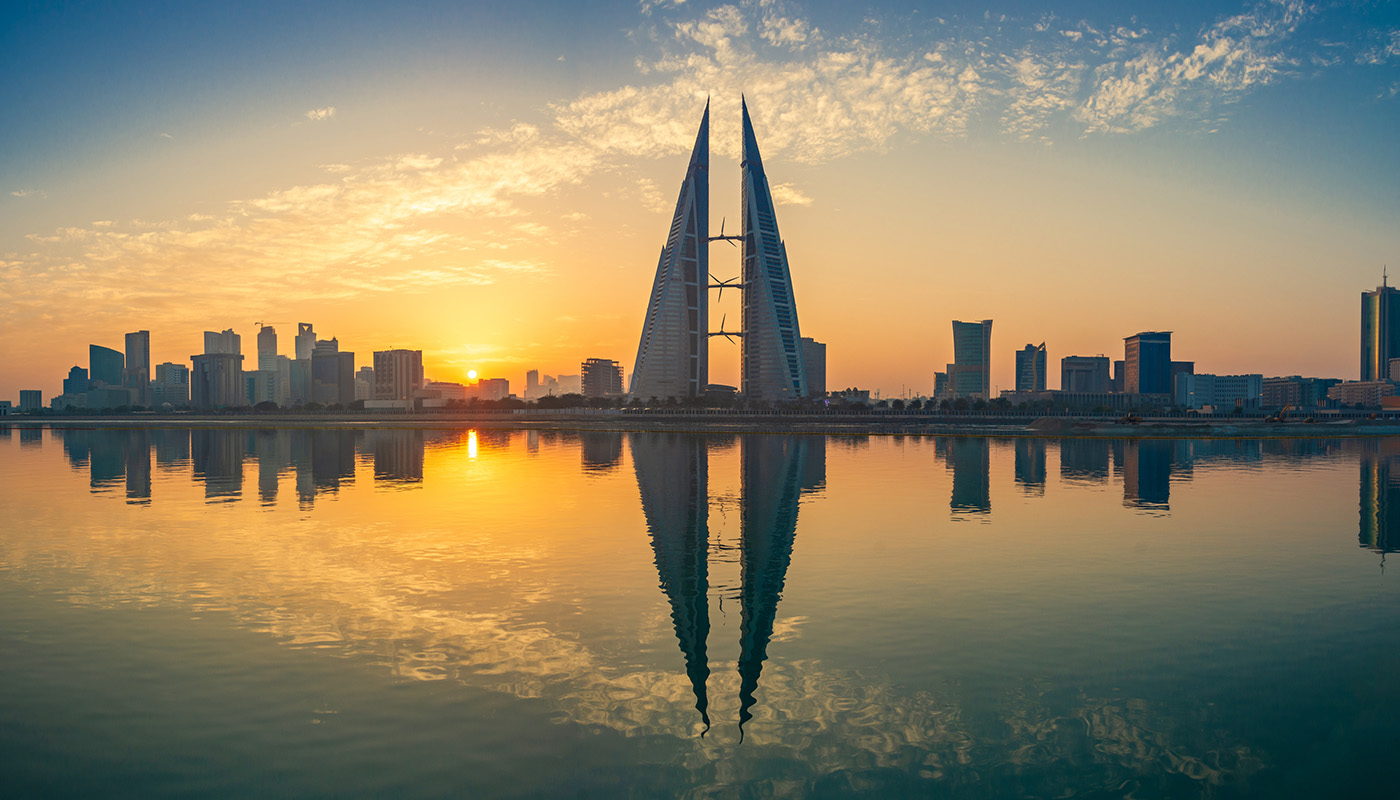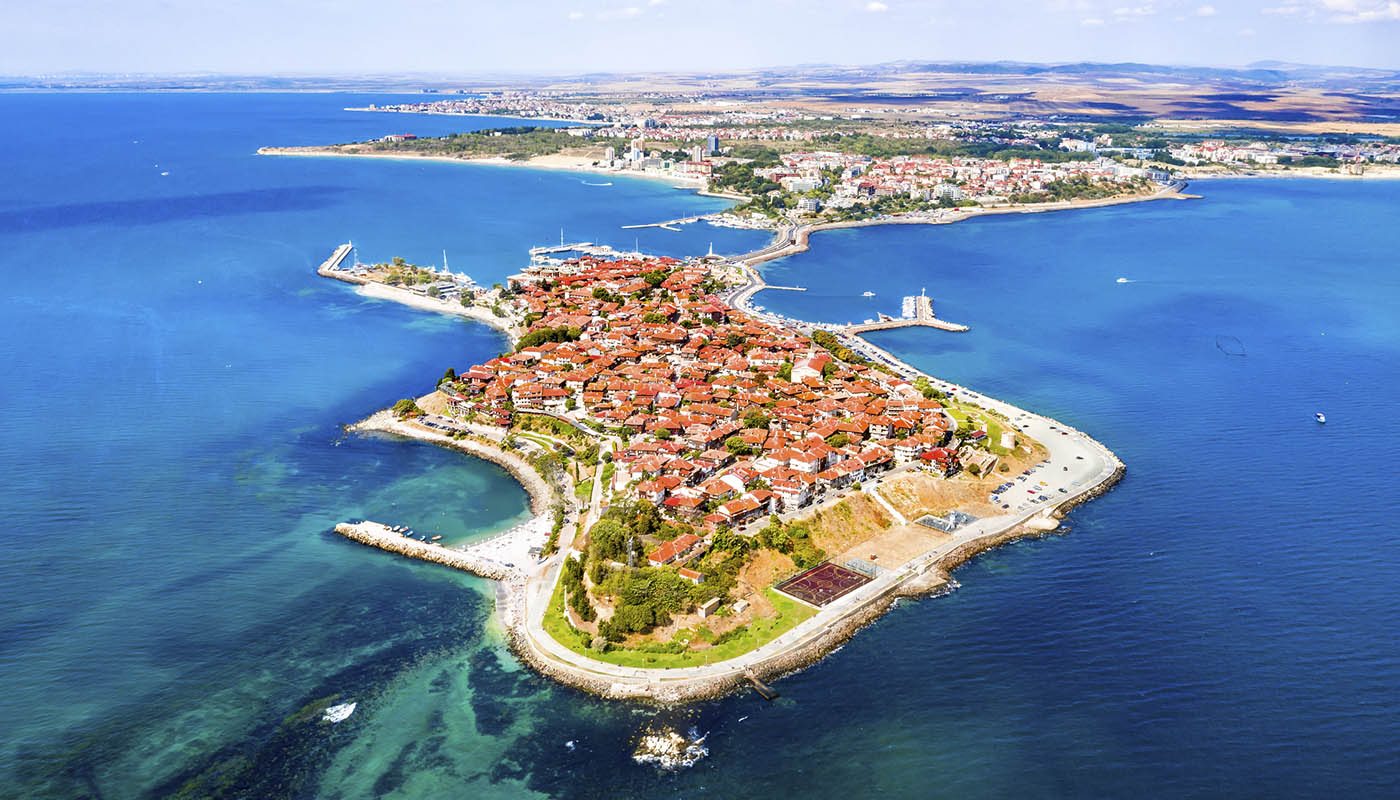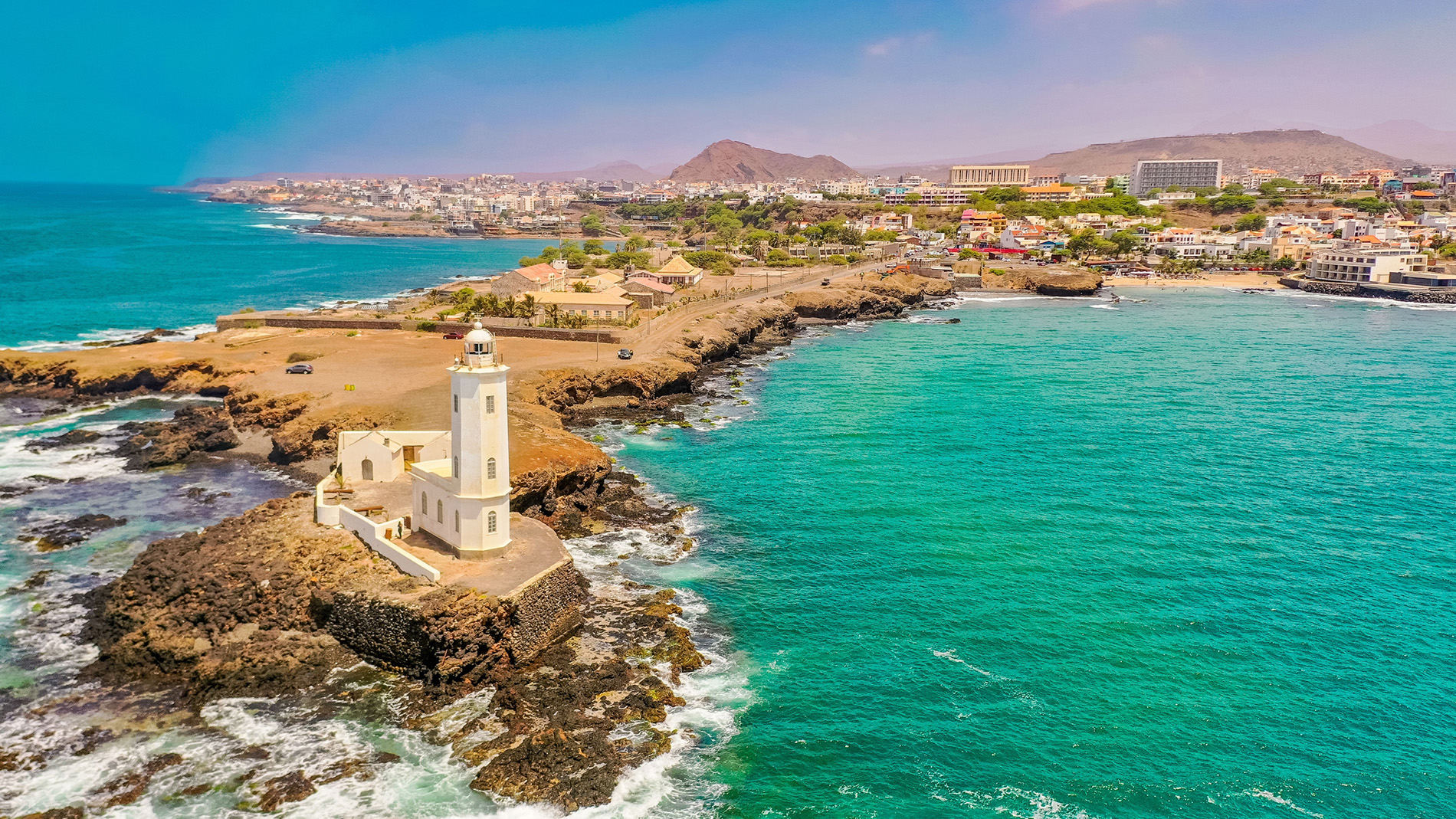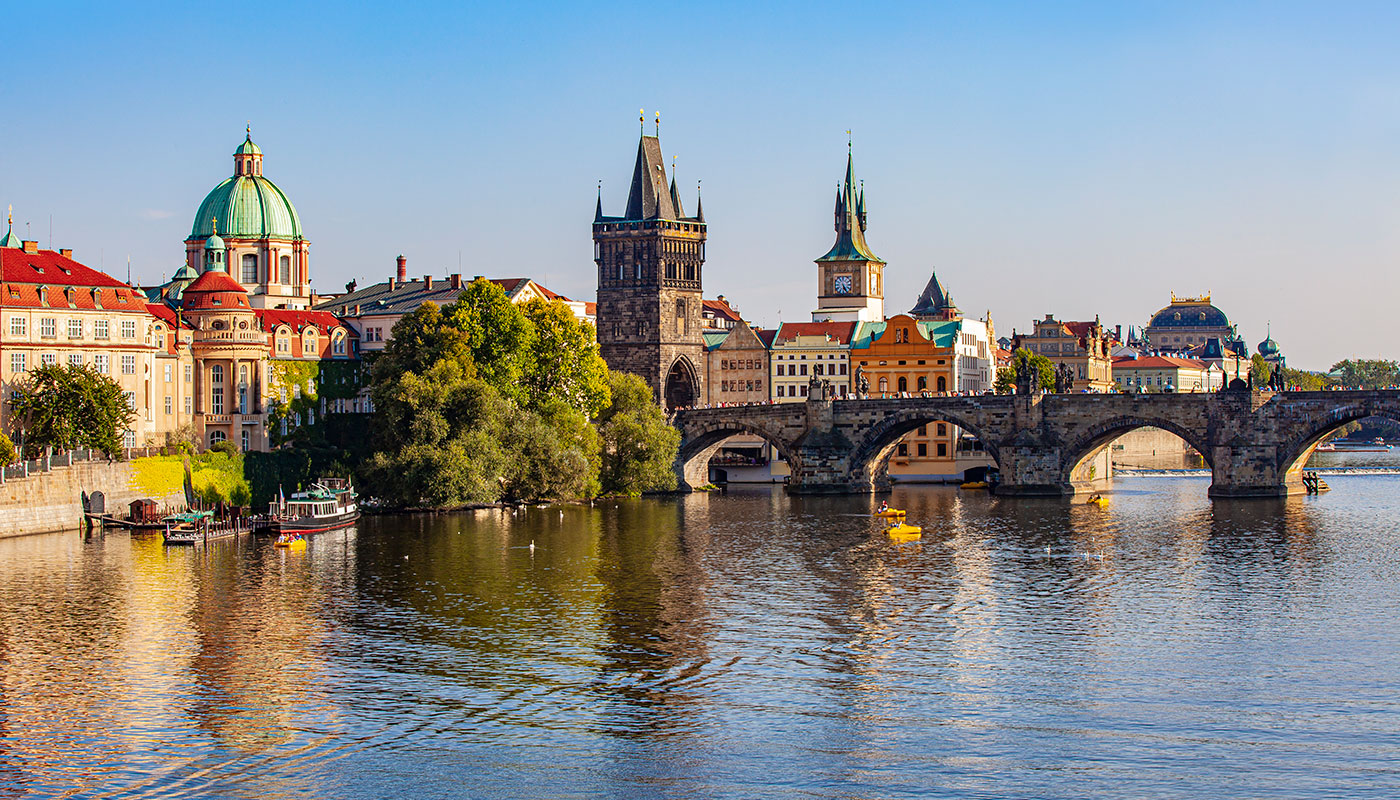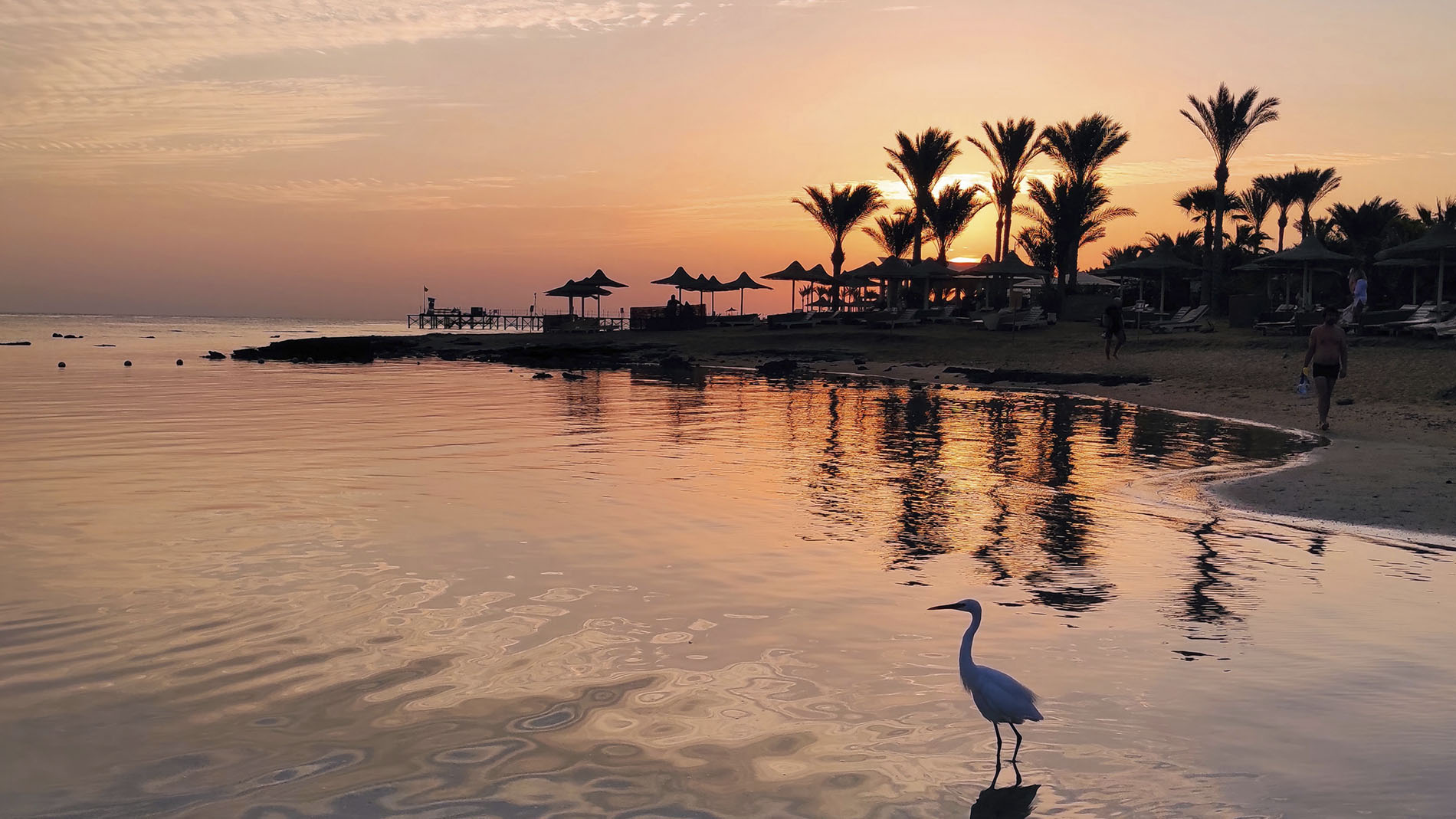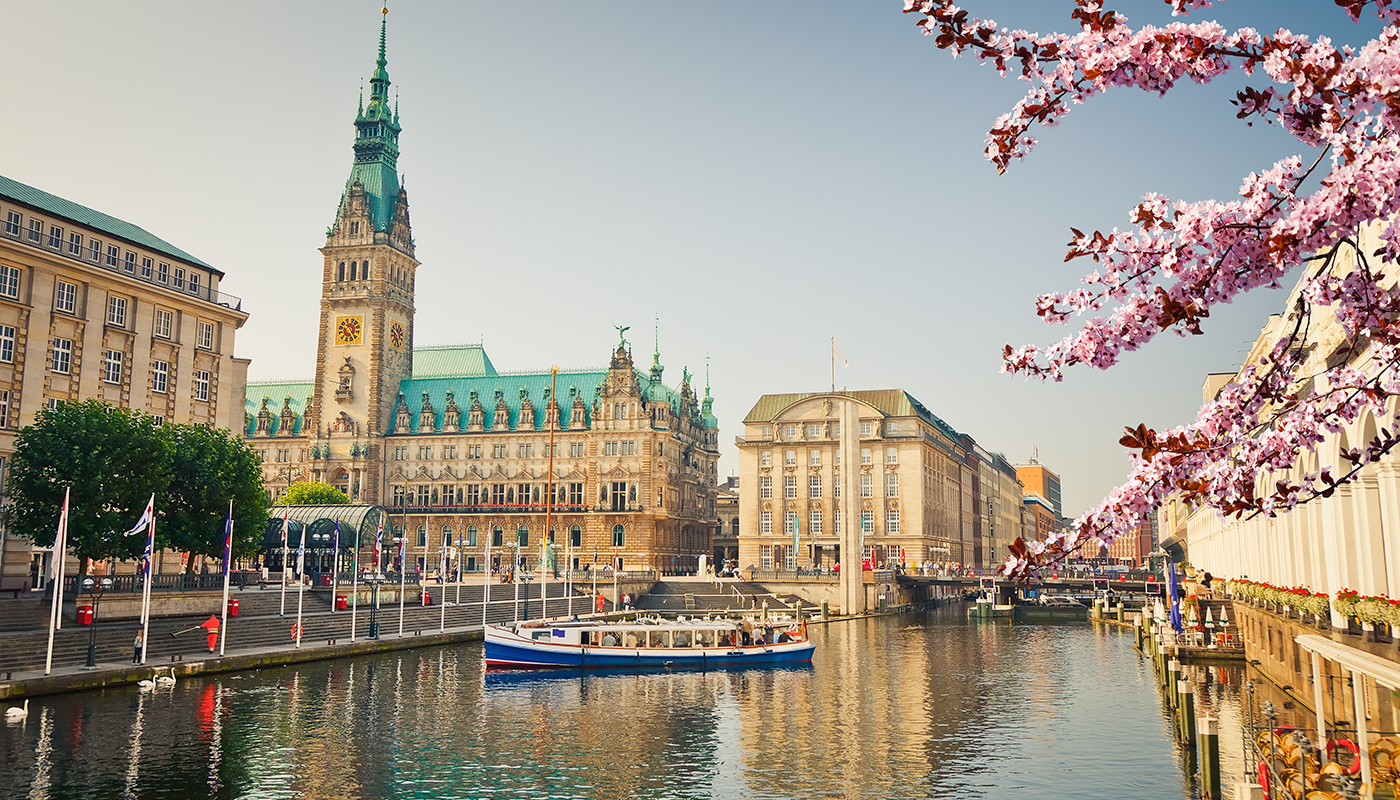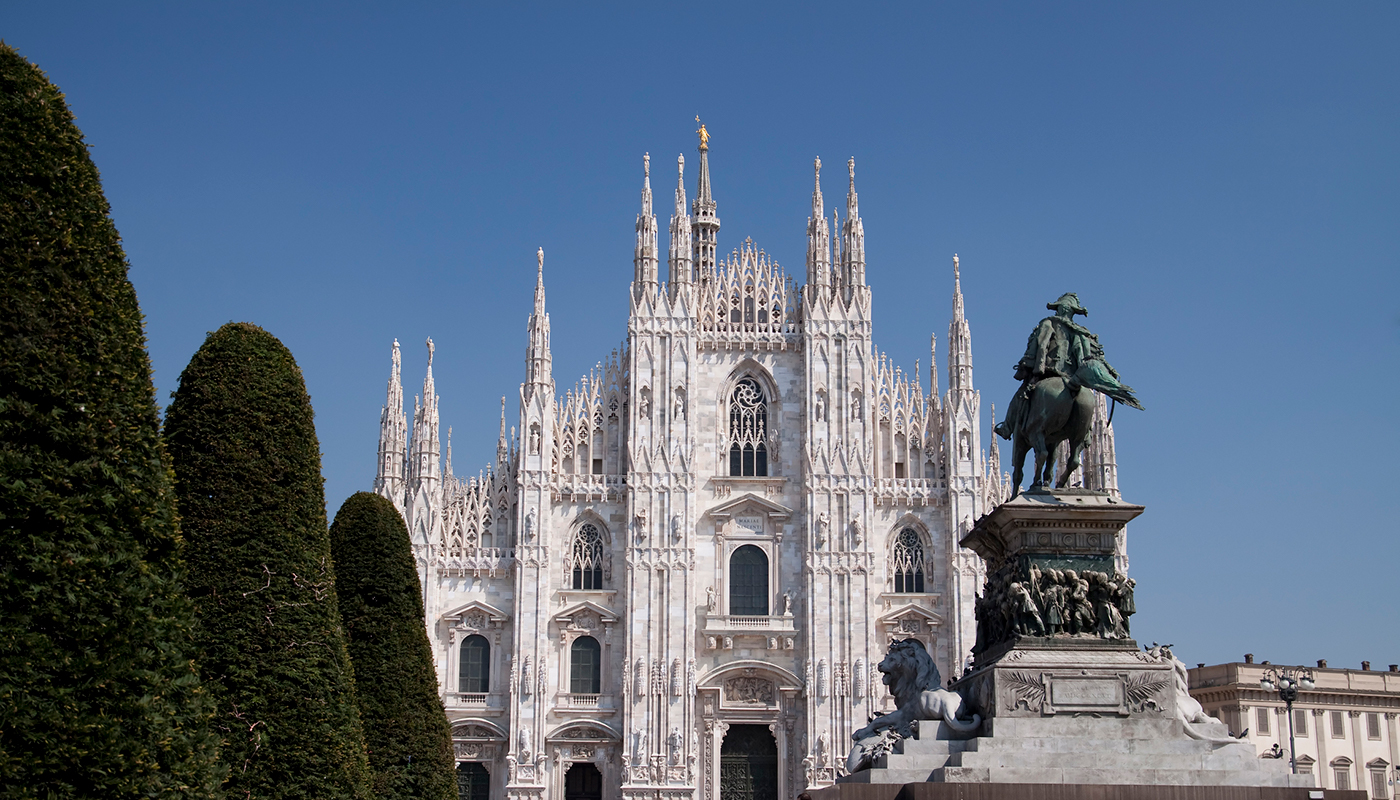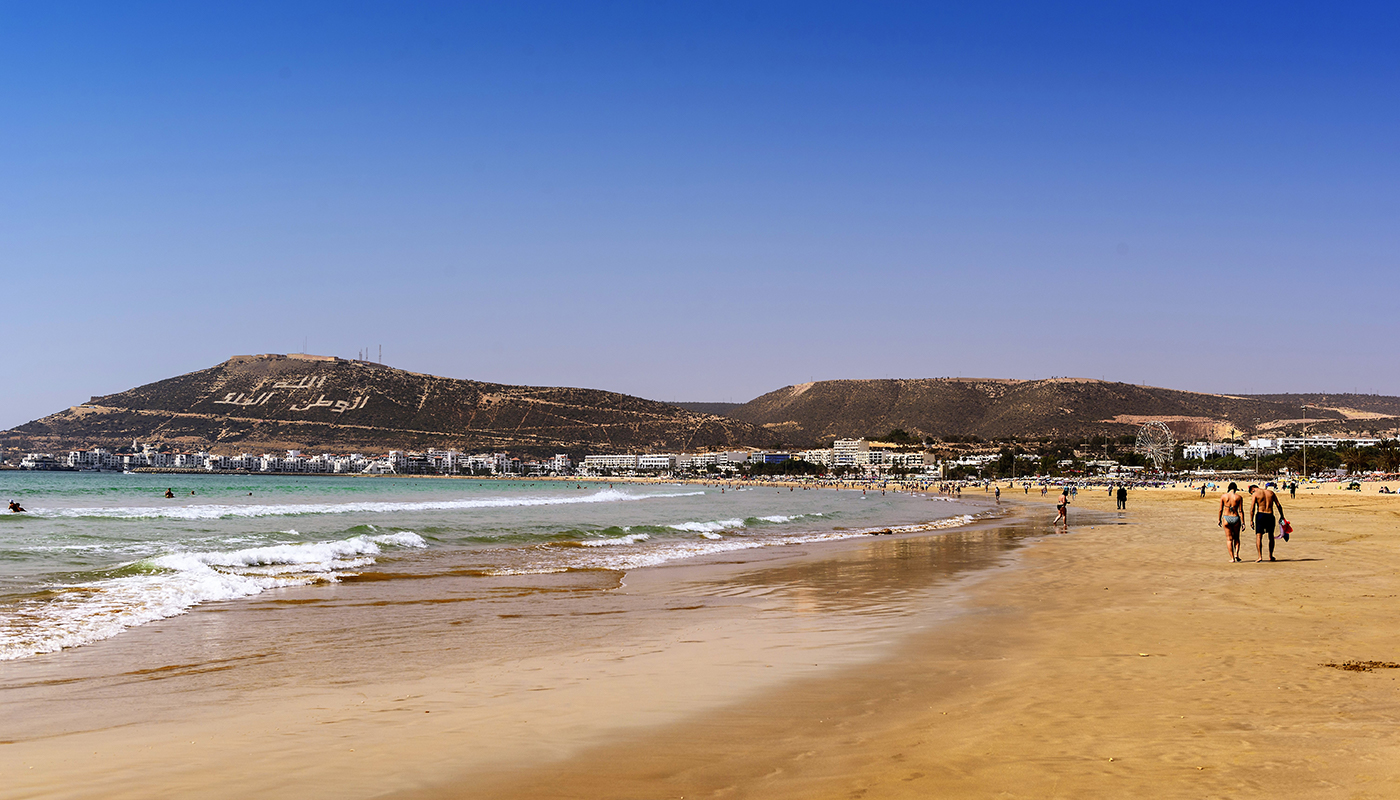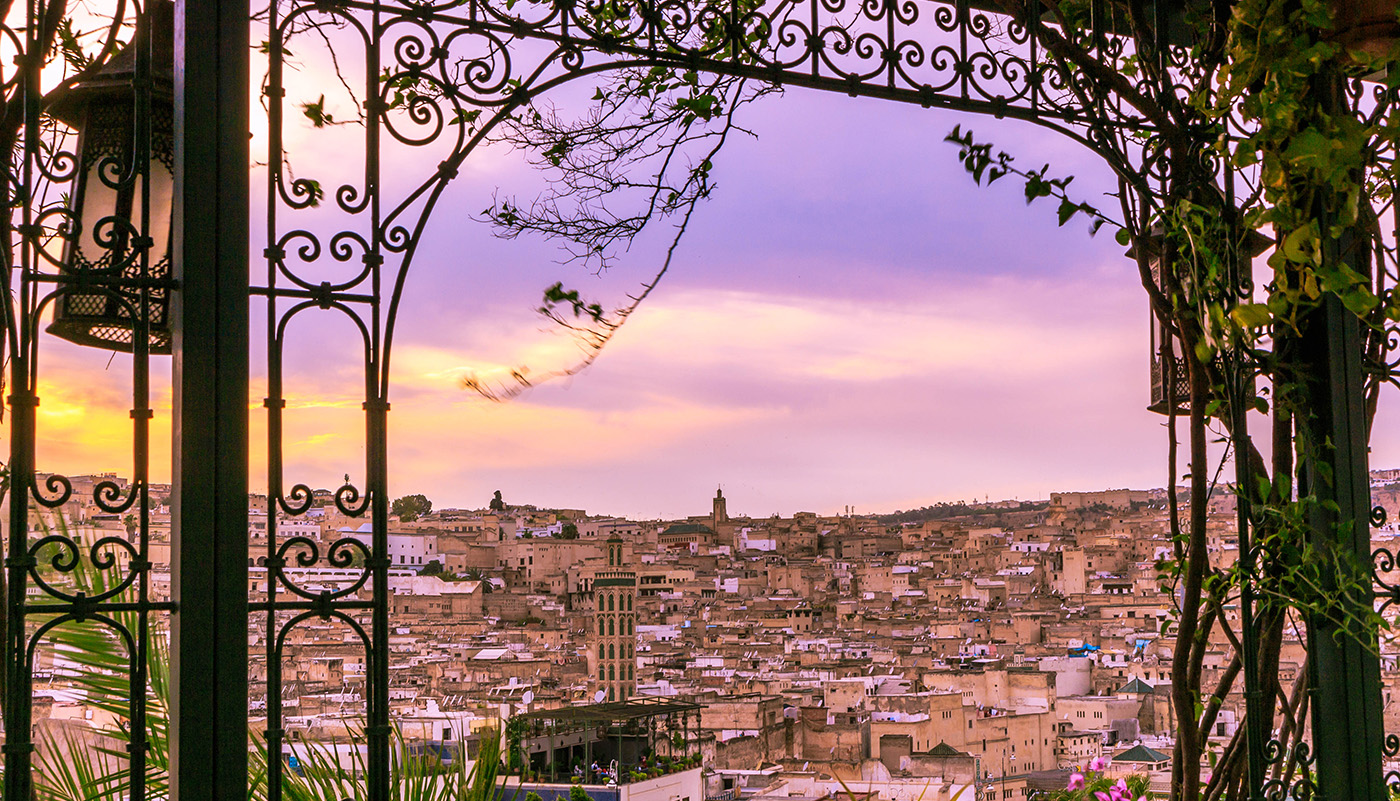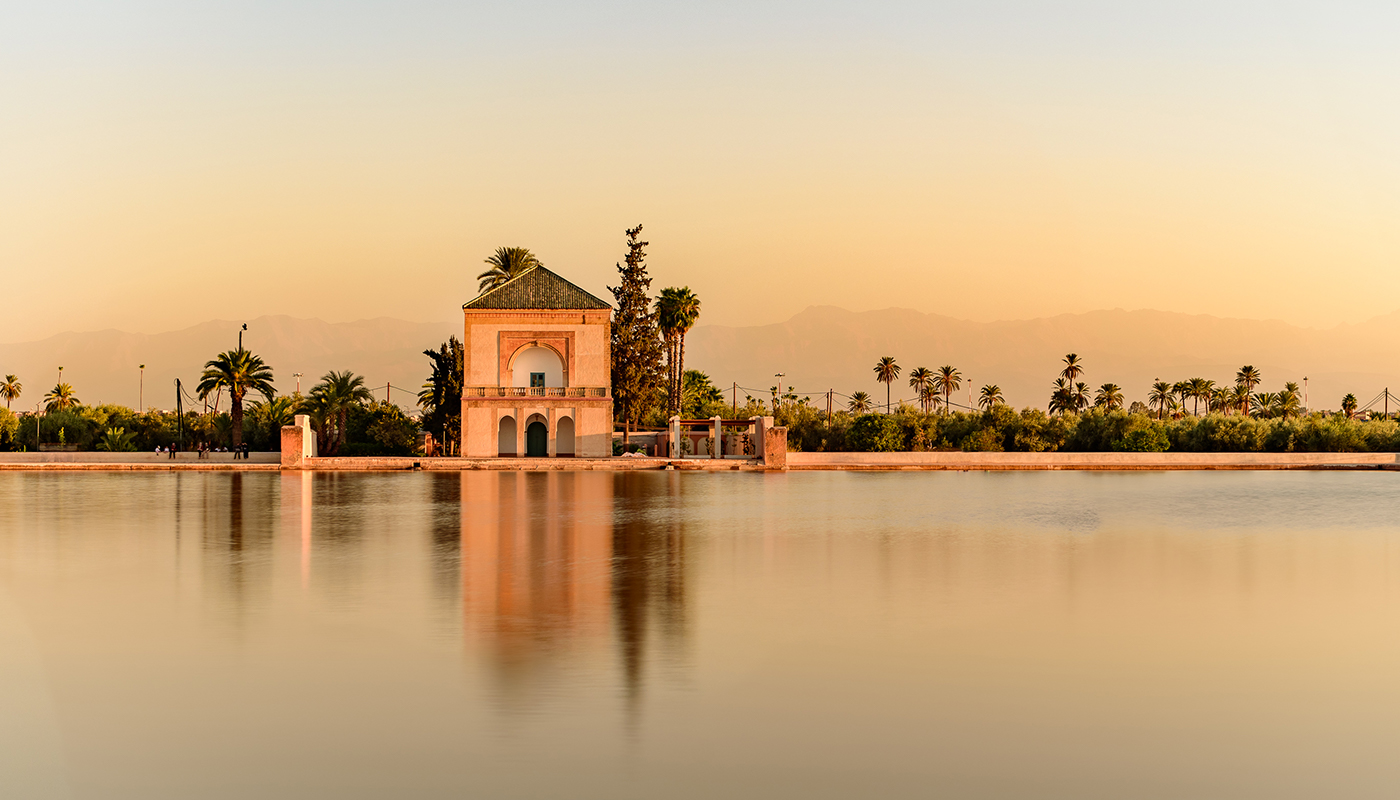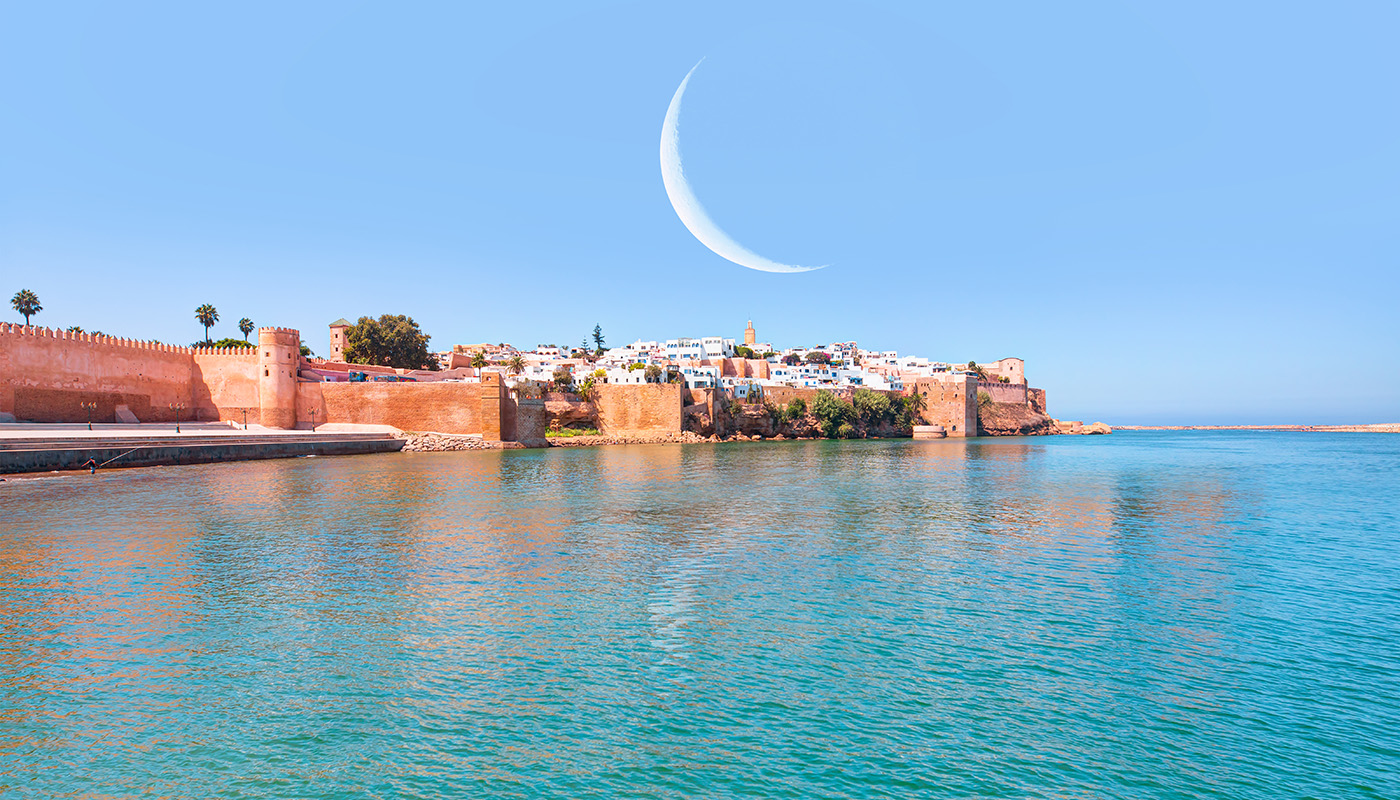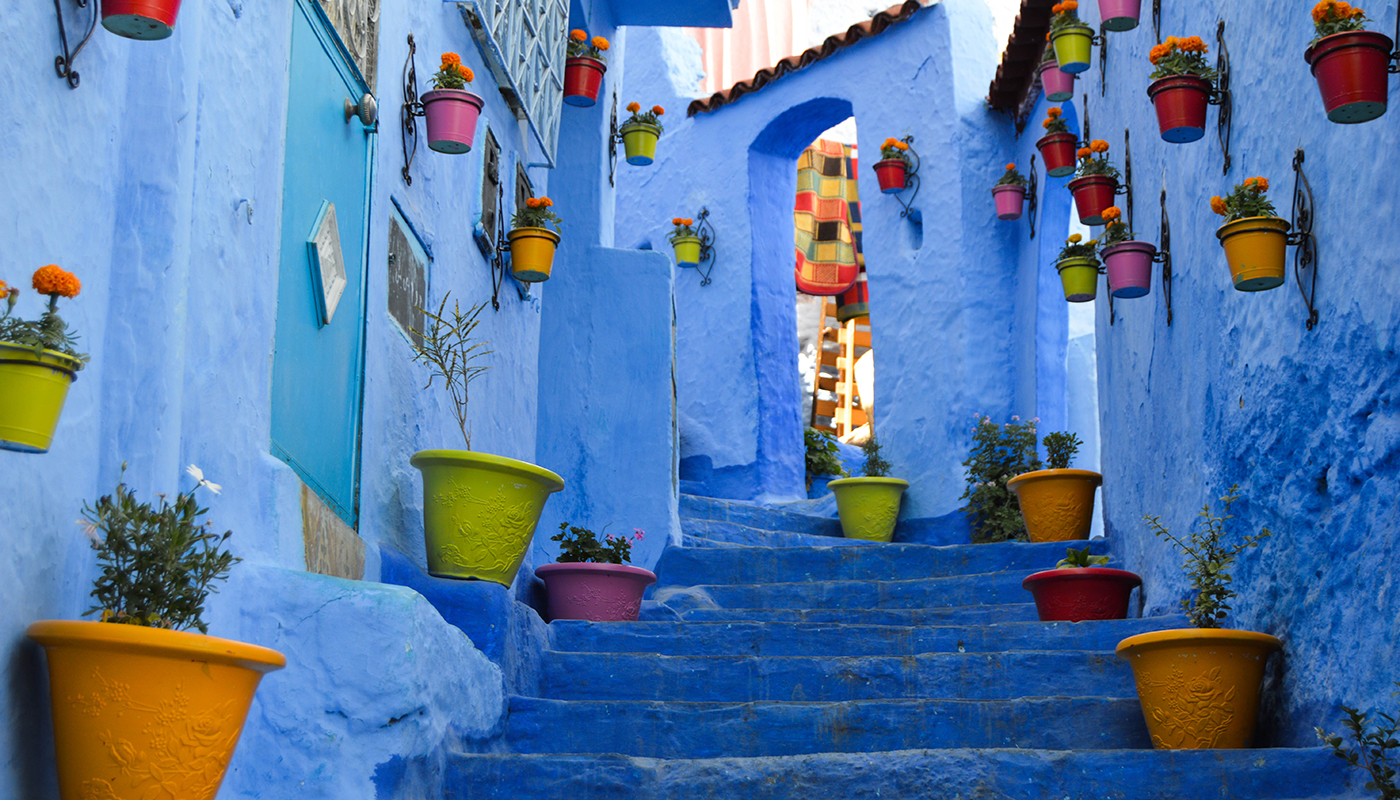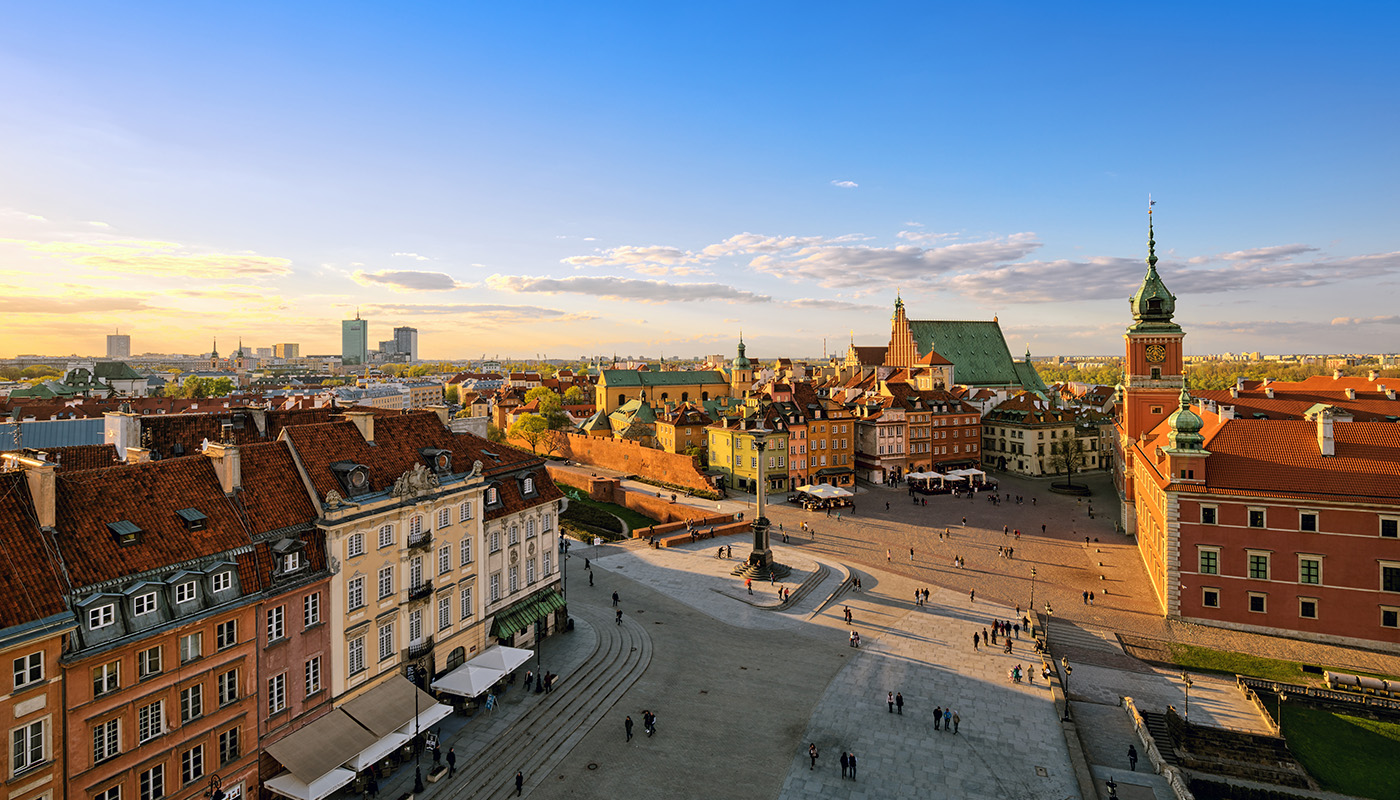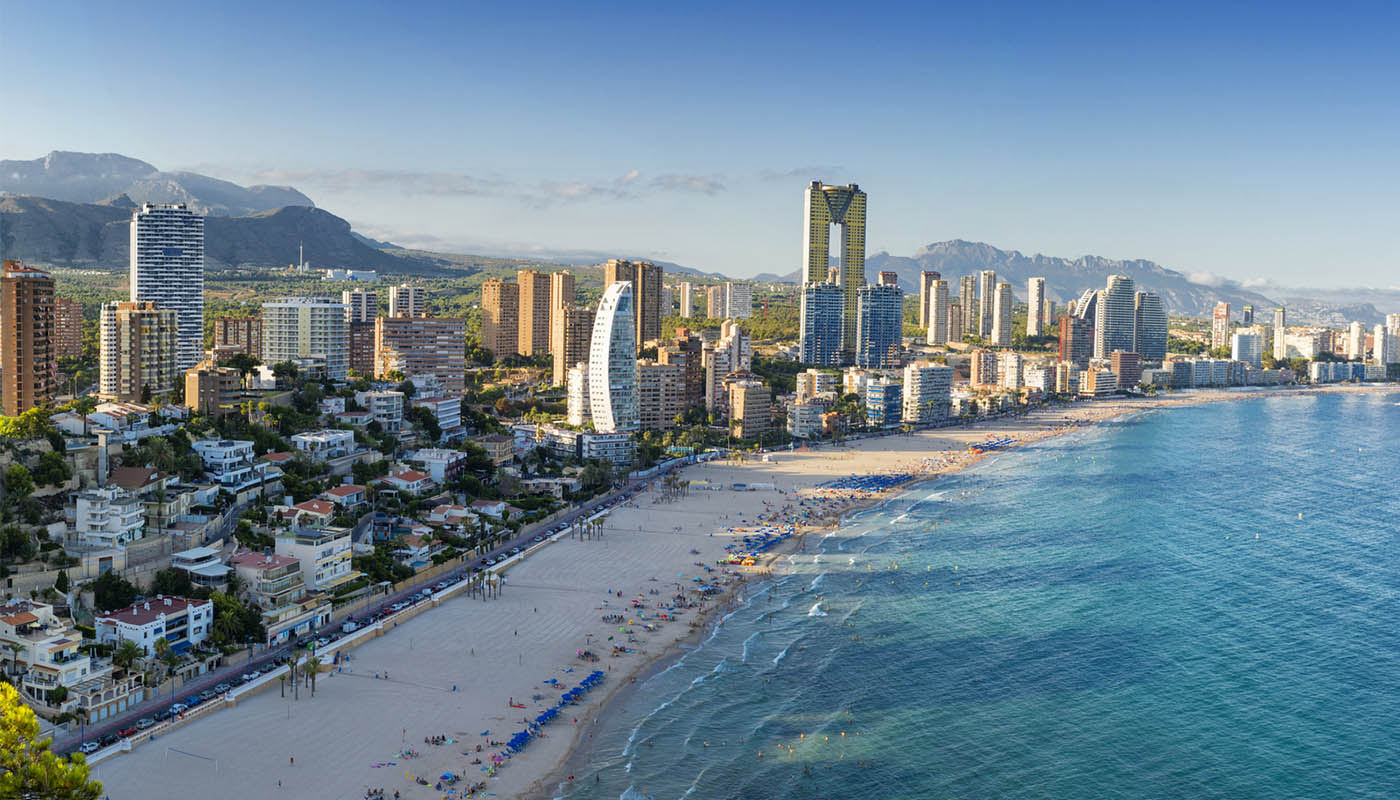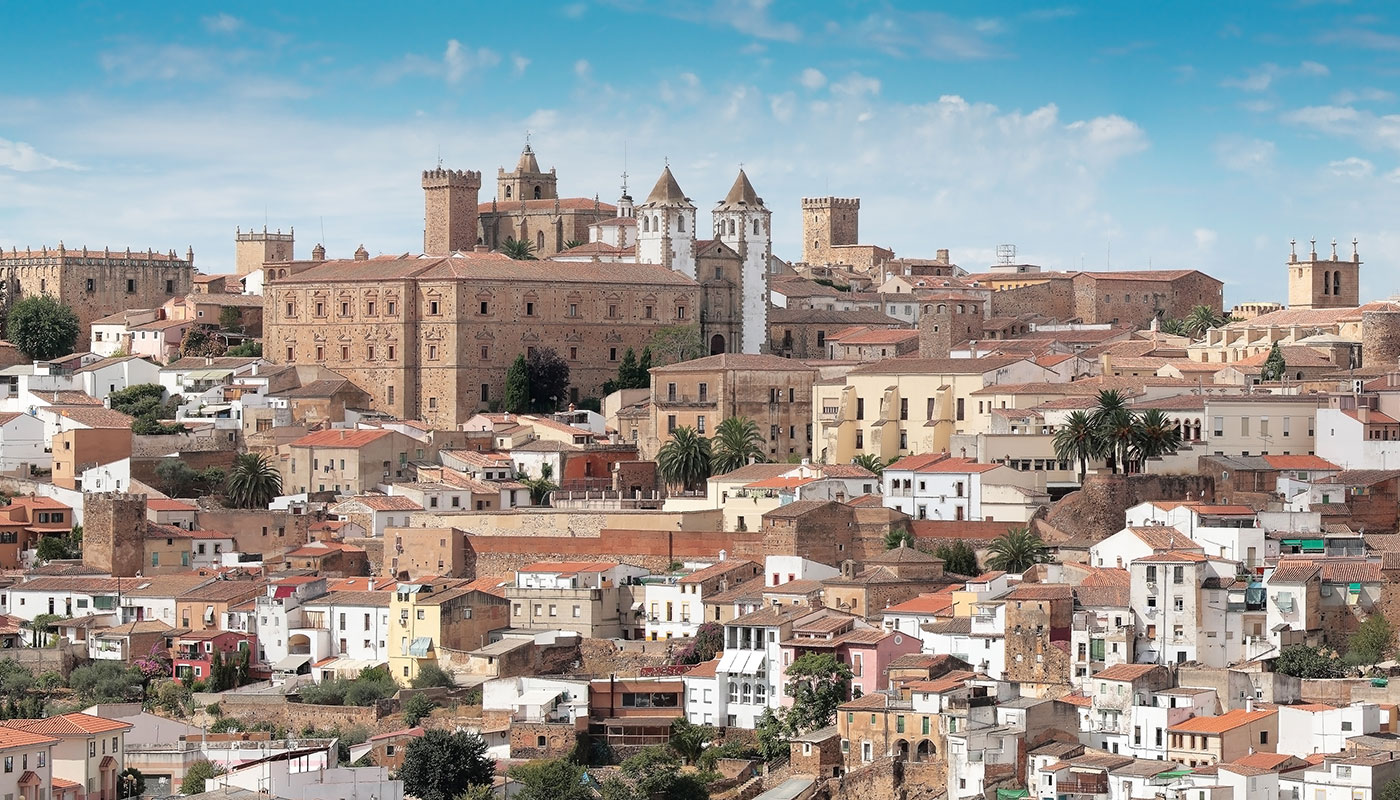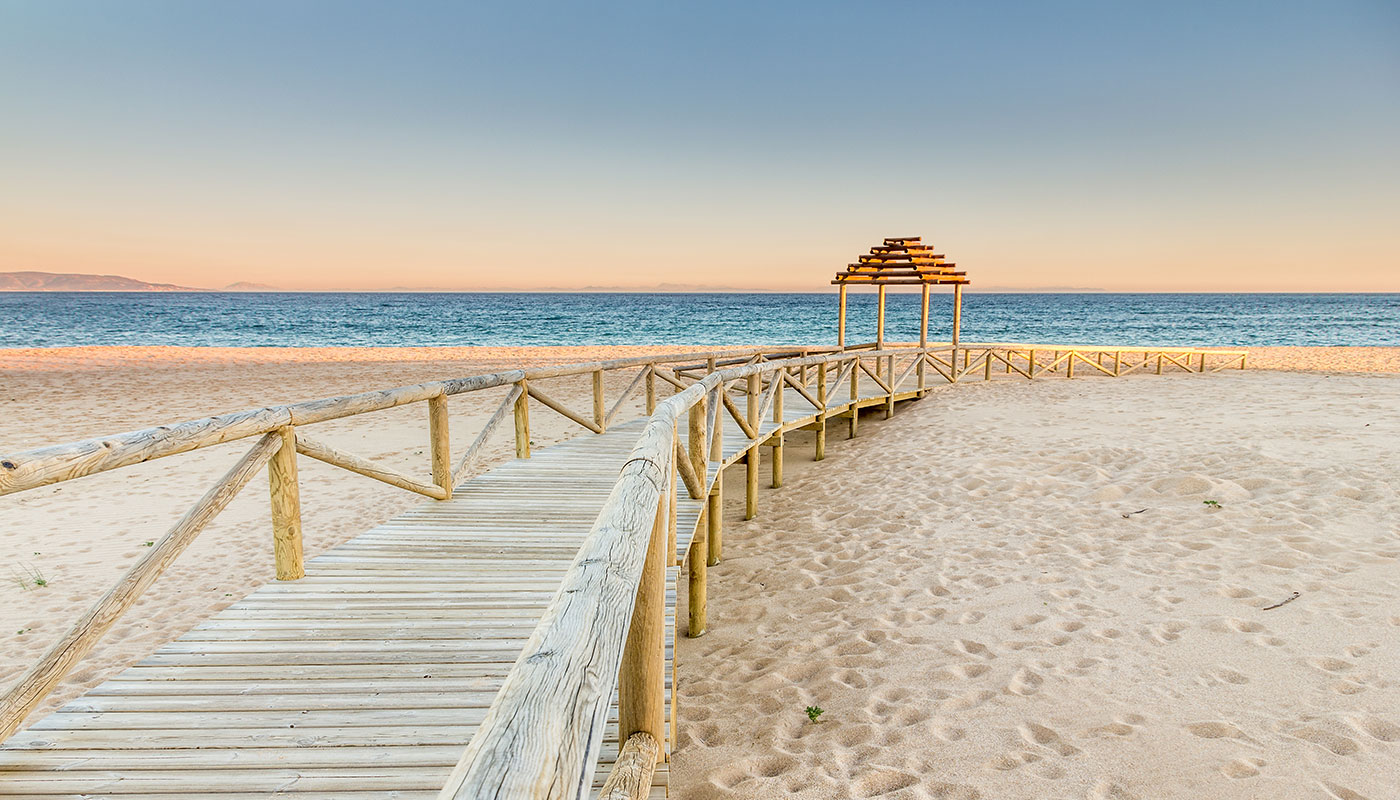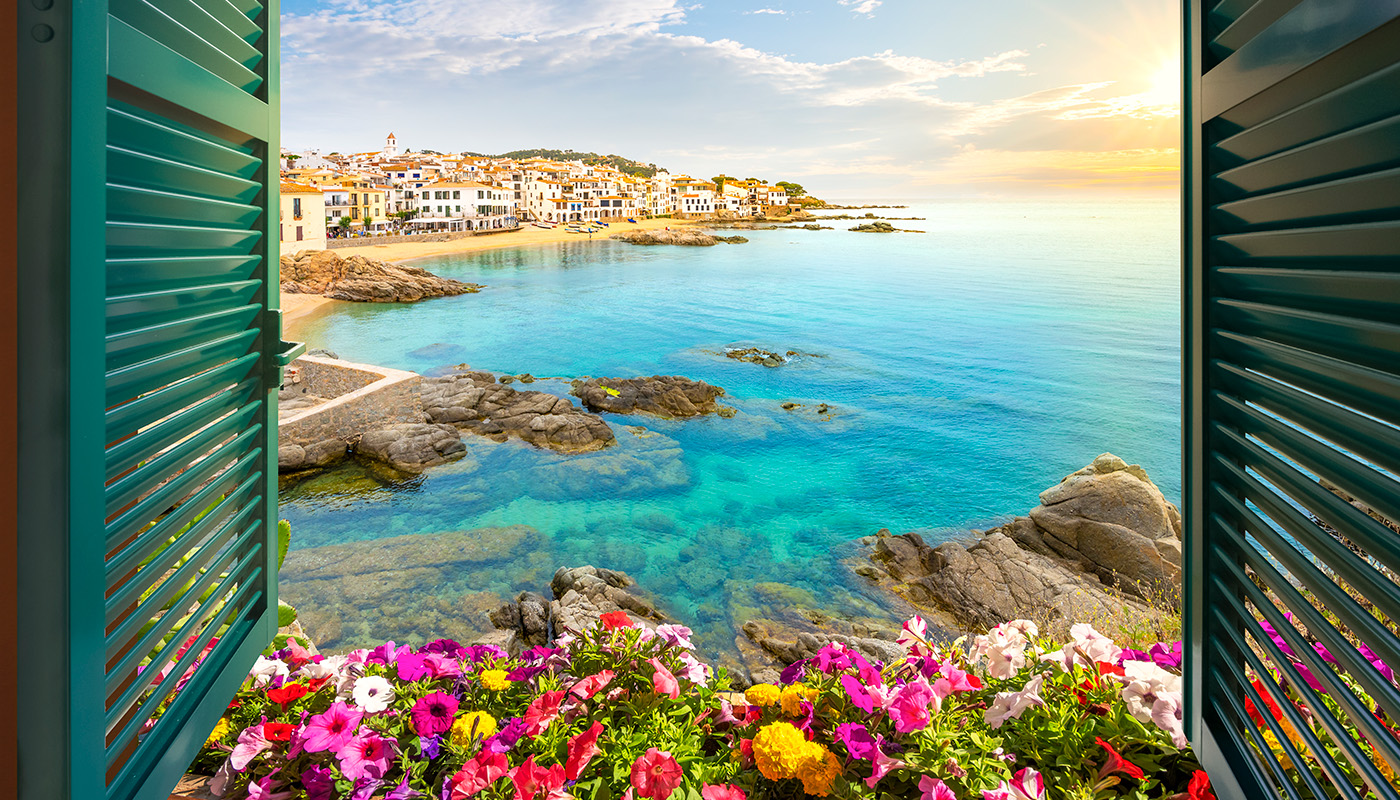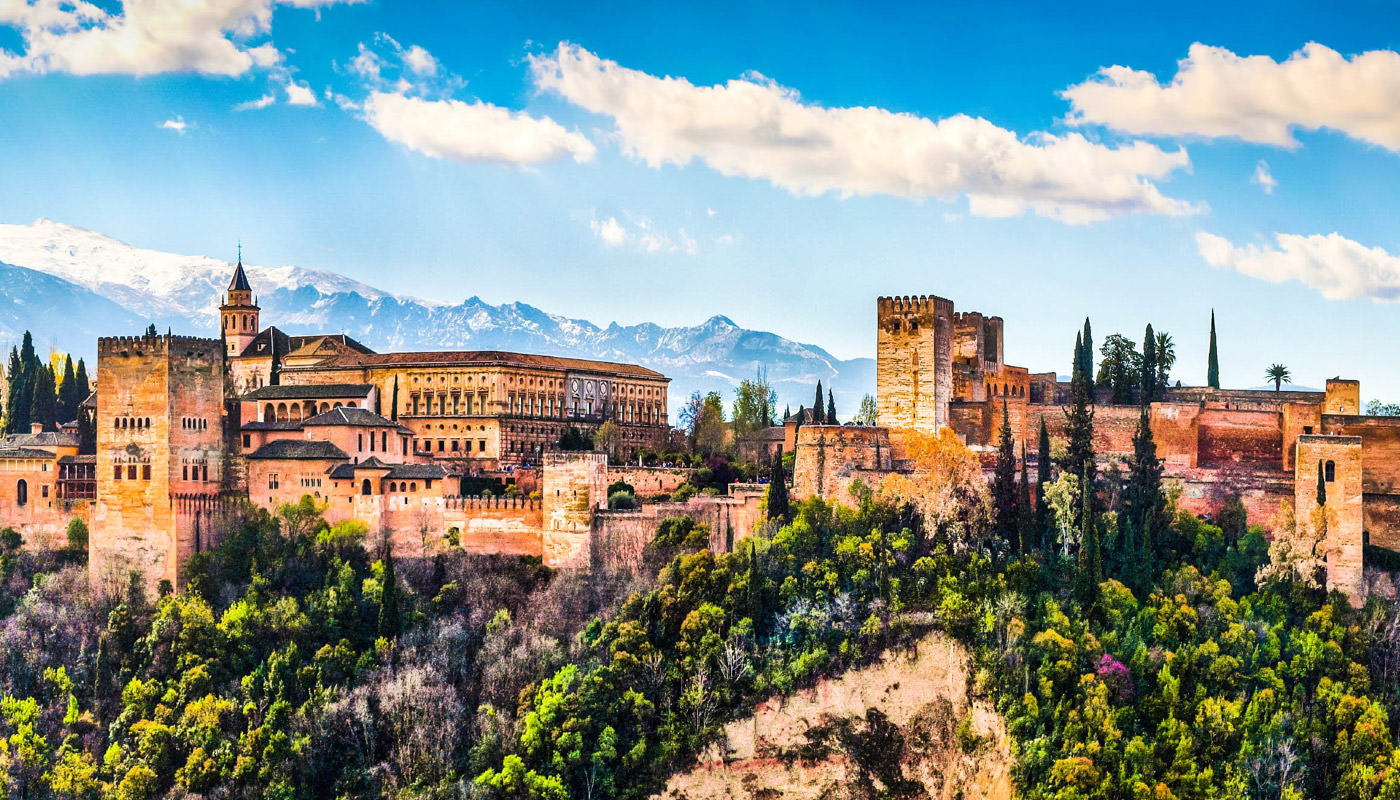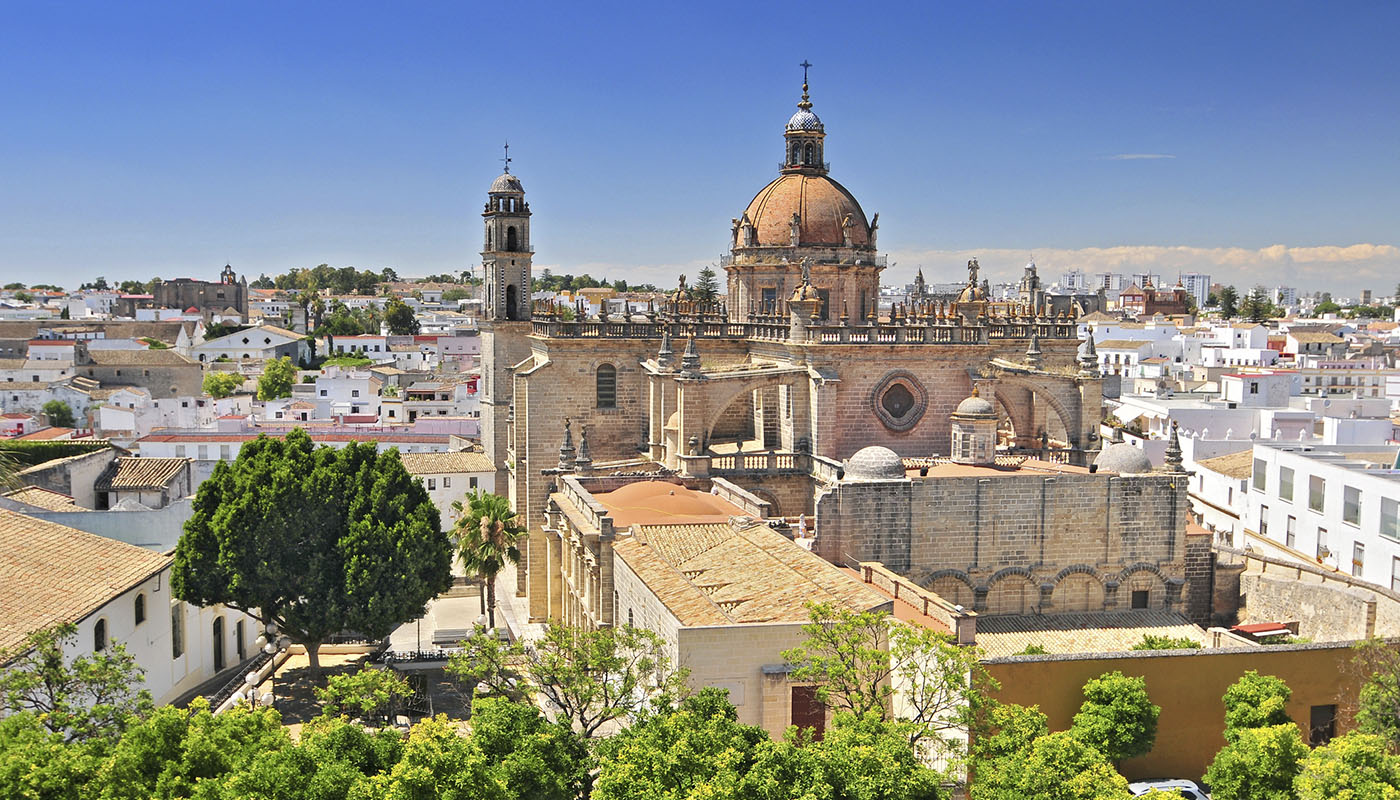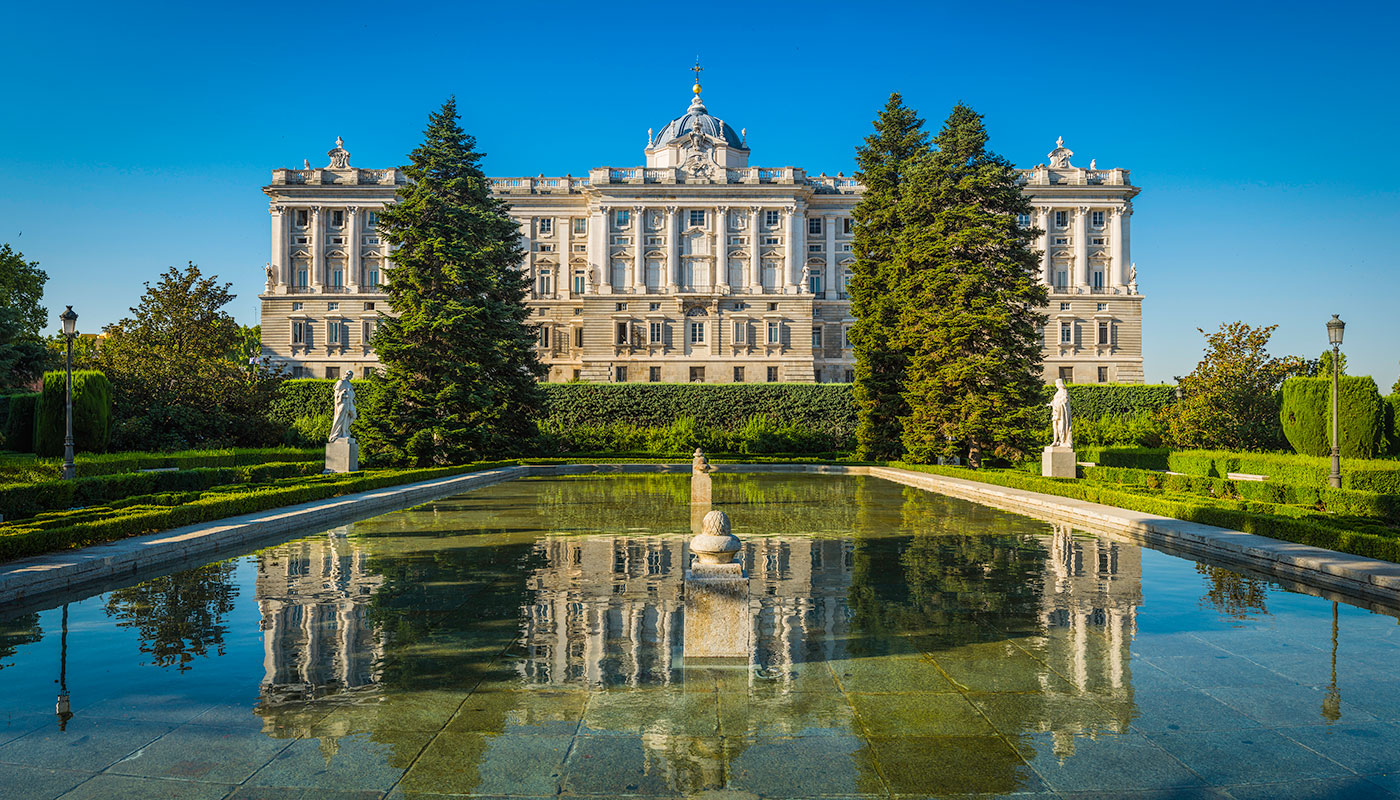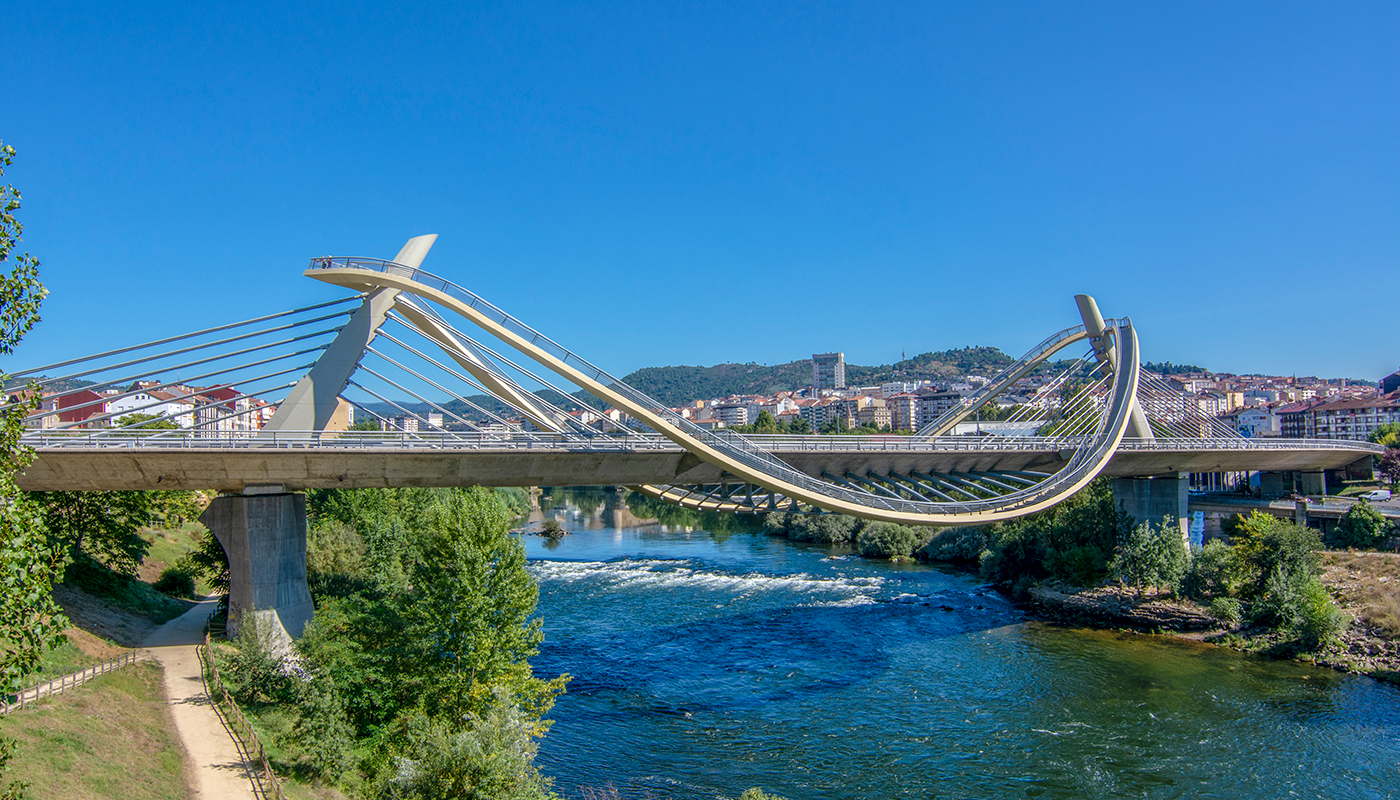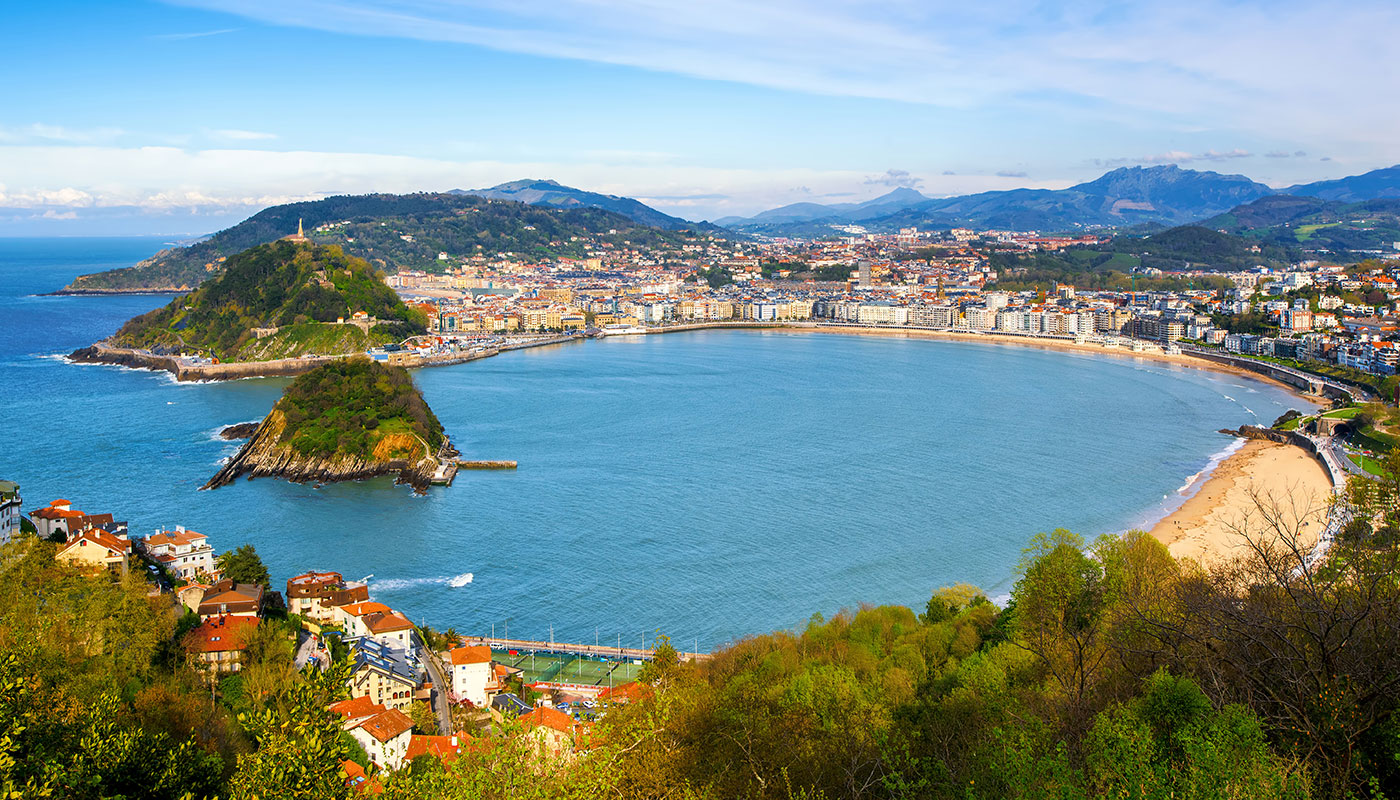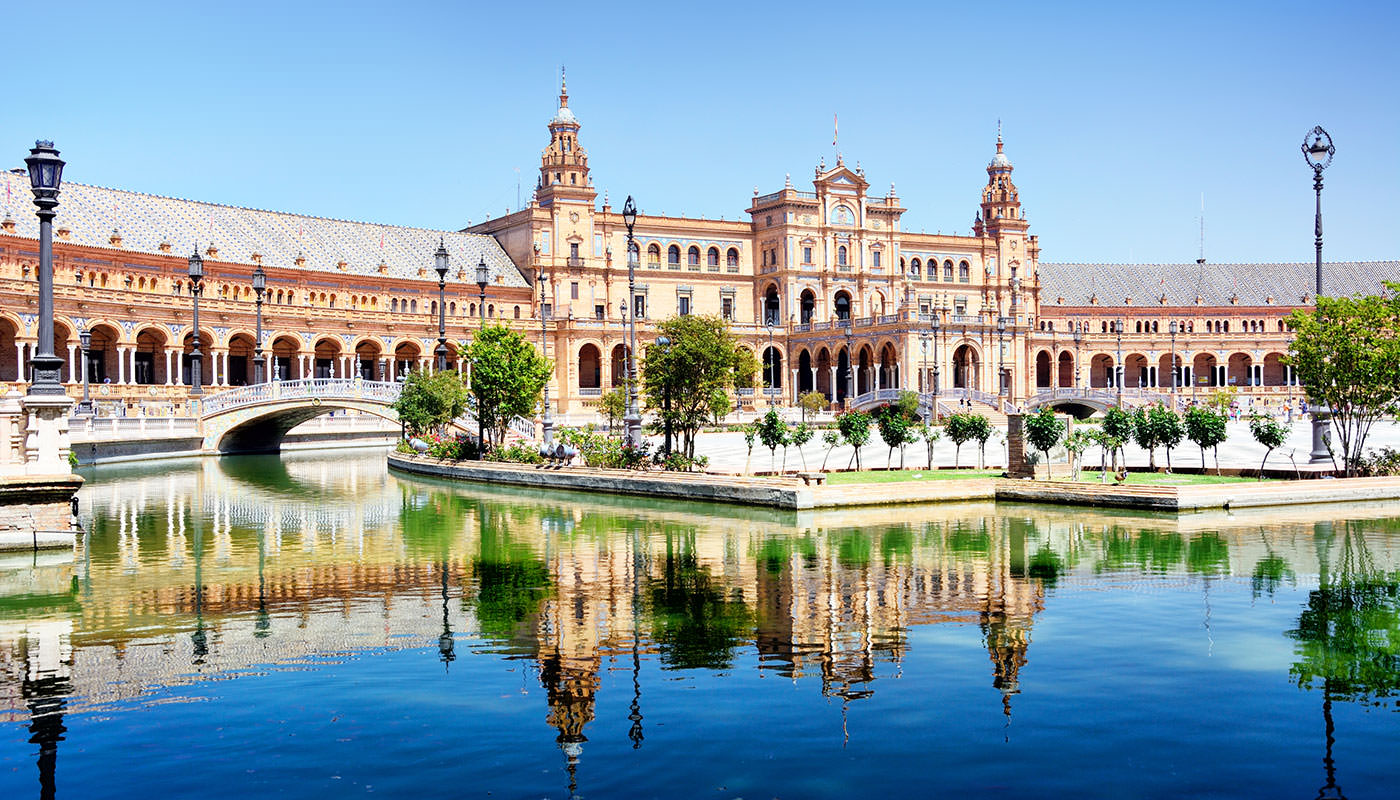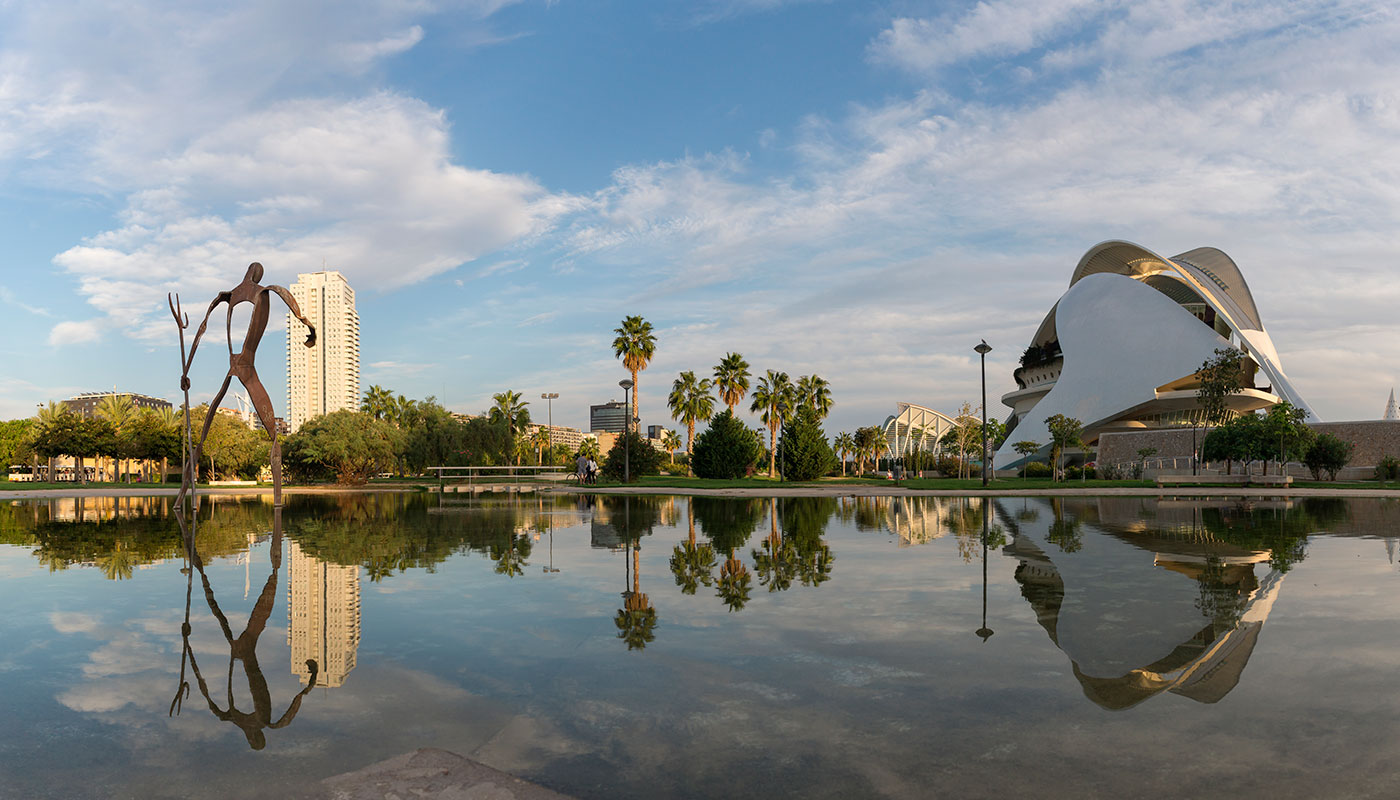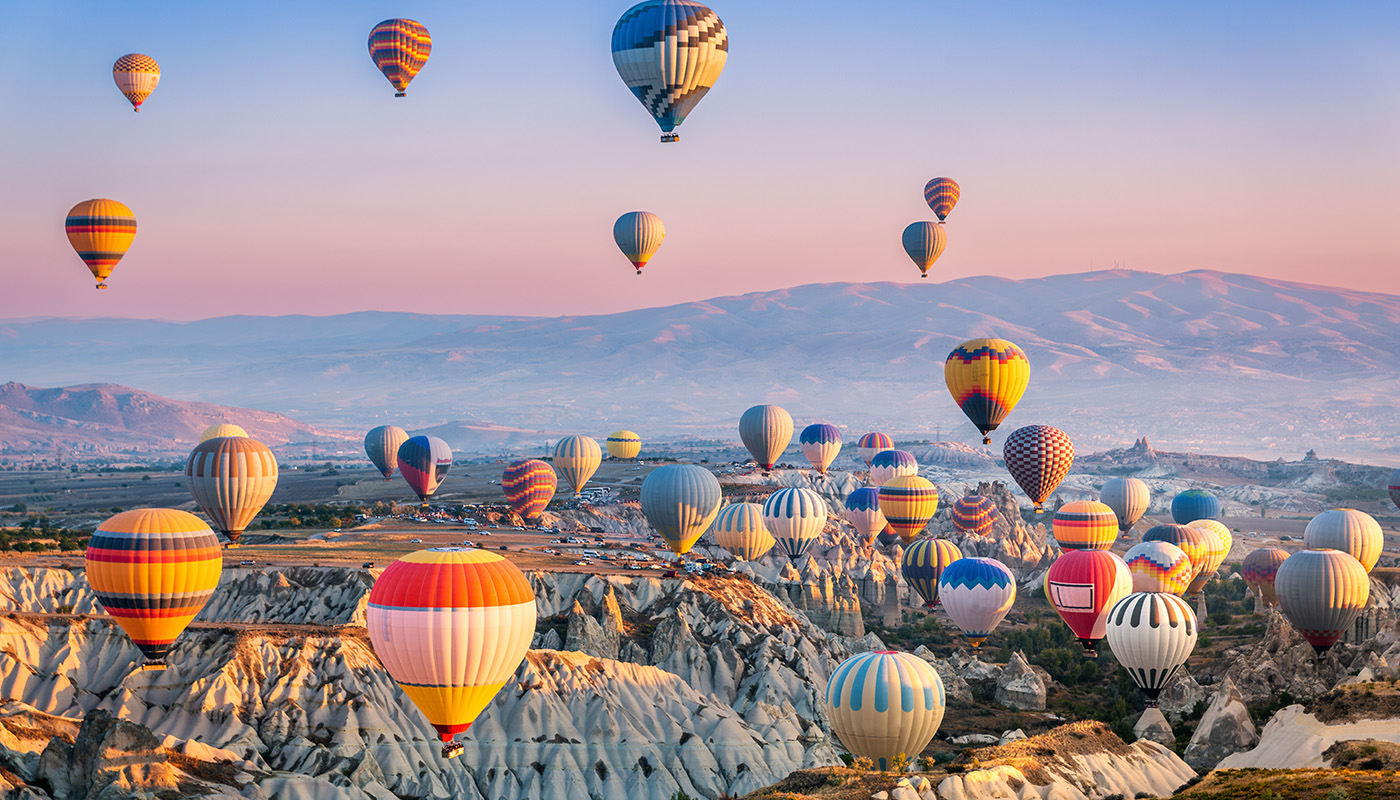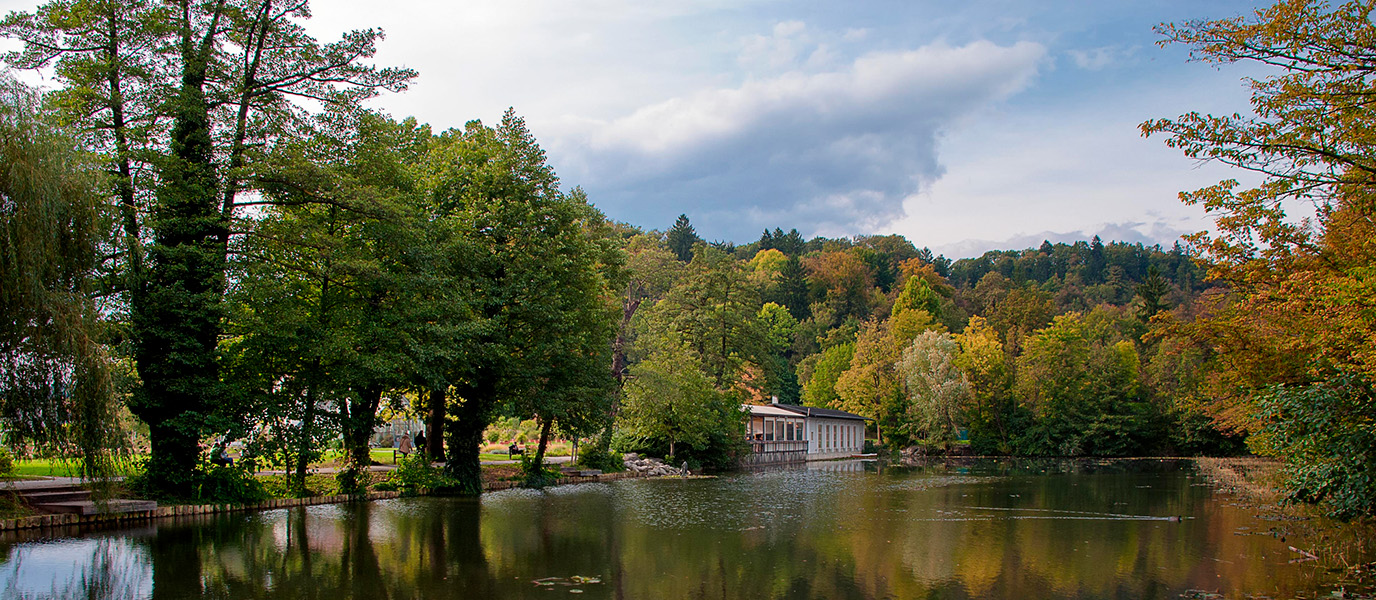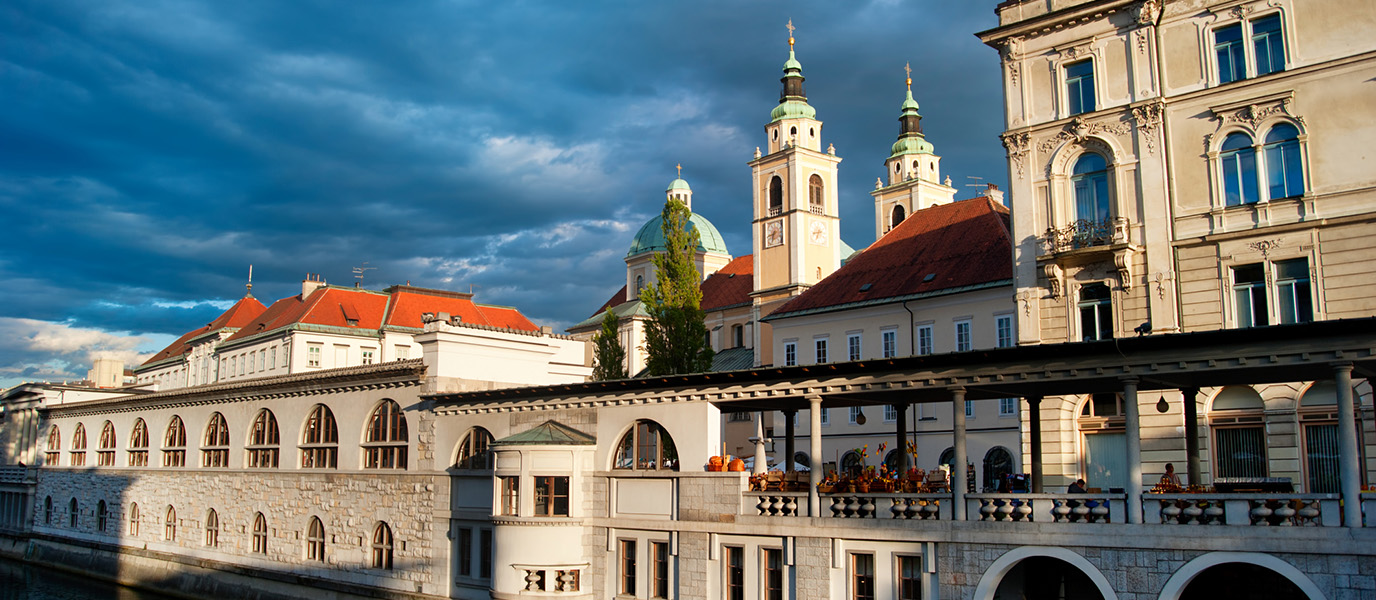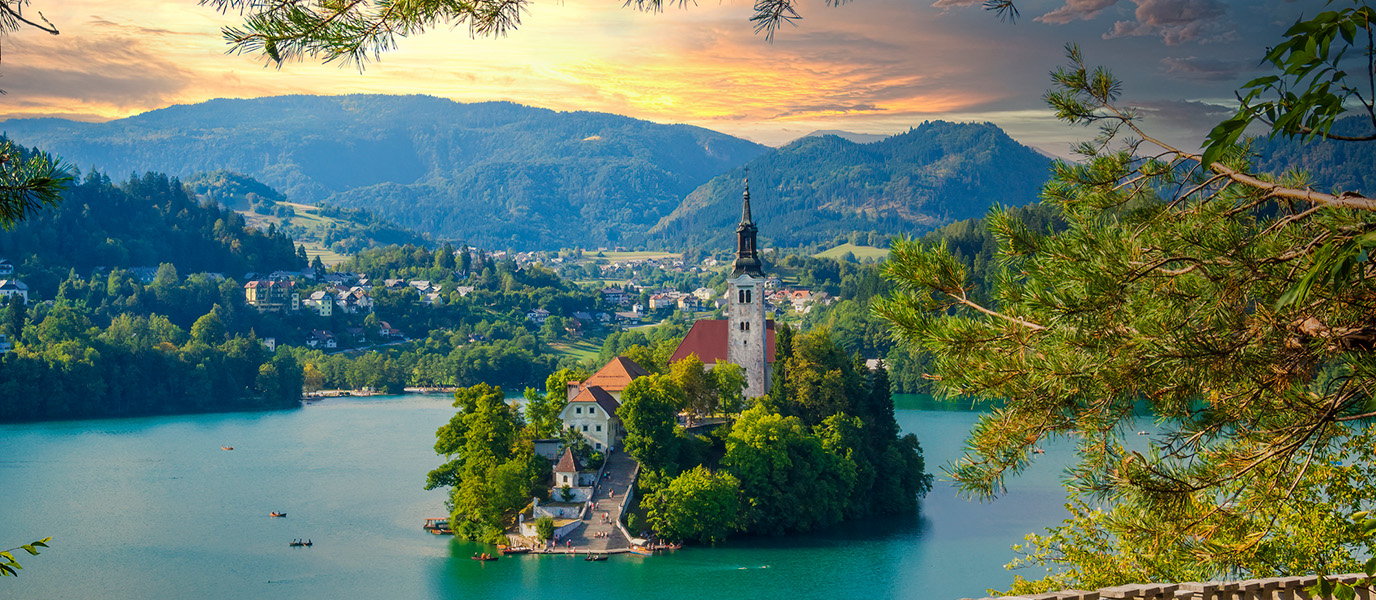Just a stone’s throw from the historic centre of Ljubljana, Tivoli Park is a green lung of five square kilometres, making it the largest and most iconic green area in the Slovenian capital. Named European Green Capital in 2016 by the European Commission, Tivoli embodies the city’s commitment to sustainability and the great outdoors. Originally designed in the 19th century and enriched with touches by the visionary Jože Plečnik, the park offers a mosaic of English-style gardens, dense forests stretching into the nearby hills, and iconic landmarks such as Jakopič Promenade, an open-air walkway flanked by lime trees. Among its highlights are Tivoli Mansion, which houses the International Centre of Graphic Arts, and Cekin Mansion, home to the Museum of Contemporary History, while its greenhouse preserves tropical species under the management of the Ljubljana Botanical Garden.
History of Tivoli Park: from aristocratic gardens to a city retreat
Tivoli Park dates back to the 17th century, when the Ljubljana nobility decided to transform the hunting grounds into a more accessible area for public enjoyment. Originally, the grounds consisted of the gardens of two aristocratic mansions: Tivoli Castle and Cekin Mansion, both still present in the park and steeped in history. Nevertheless, it was not until the 19th century, under the French occupation, that Tivoli began to take shape as a public park.
The park’s current design is the work of the French landscape architect Jean Blanchard, who in 1813 created a romantic garden inspired by the English styles of the time. Later, at the turn of the 20th century, the famous Slovenian architect Jože Plečnik added his characteristic touch to the park, resulting in its current layout. His contributions include Jakopič Promenade, a walkway lined with lime trees and lanterns that connects the city centre with Tivoli, and various decorative elements that integrate art and nature in perfect harmony.
During the 20th century, Tivoli continued to evolve, becoming a multifunctional public area. Today, it combines formal gardens with wooded areas, sports facilities, monuments and cultural sites such as open-air galleries. This rich history reflects the social and urban transformations of Ljubljana, making the park a meeting place for generations of Slovenians.
Why visit Tivoli: a green haven with a cultural essence
Tivoli Park is much more than just a natural area. Its combination of perfectly designed landscapes and cultural offerings (it houses two major museums in historic palaces) make it a must for all visitors to Ljubljana. It is an ideal place for unwinding from the urban pace and immersing yourself in the tranquillity of its extensive green areas and trails, which extend up to the Rožnik and Šiška hills as they are ideal for a hike or bike ride and provide panoramic views of Ljubljana.
Visitors can enjoy open-air photo exhibitions along Jakopič Promenade that change throughout the year. This unique cultural walkway turns a simple stroll into an artistic and educational experience.
Another reason to visit is its accessibility. Located just a few minutes’ walk from the city centre, Tivoli acts as a bridge between the city centre and nature. Whether enjoying a picnic in the gardens or touring the historic monuments, the park offers a well-rounded experience that combines relaxation, culture and fun.
Highlights: Tivoli Park’s must-see spots
Tivoli Castle, home to the prestigious International Centre of Graphic Arts
Located at the top of the park, where in the 13th century there was a defensive tower, Tivoli Castle is a historic building dating back to the 17th century. Although it has been renovated several times, it retains its original charm, and has become famous for its staircase flanked by statues of ‘dogs without tongues’, i.e. mysterious works by the sculptor Anton D. Fernkorn around 1870.
Today it houses the International Centre of Graphic Arts (MGLC), where interesting exhibitions and workshops are organised and where the famous Ljubljana International Biennial of Graphic Arts is held, one of the oldest and most famous events of its kind in the world since its first edition in 1955. The castle, surrounded by landscaped gardens, is an excellent starting point for exploring Tivoli.
Cekin Mansion, home to the Museum of Contemporary Slovenian History
Another treasure in the park is Cekin Mansion, an elegant 18th century Baroque building that today houses the Museum of Contemporary Slovenian History.
It is a two-storey pavilion that Count Leopold Lamberg ordered to be built between 1752 and 1755, and which later housed the Viceroy of Italy, Eugène de Beauharnais. The mansion is notable for its grand foyer and the famous Knights’ Hall, with wall paintings in illusionist Baroque style.
There, visitors can delve into the country’s recent history through interactive exhibits covering the period between 1914 and 1991, i.e. from World War I to Slovenia’s independence.
Jakopič Promenade and the Tivoli Park Glasshouse are other must-sees in the park
Jakopič Promenade, designed by the famous architect Jože Plečnik, is much more than just a walkway. This elegant boulevard connects the bustling centre of Ljubljana with the peaceful atmosphere of Tivoli Park. Flanked by century-old lime trees that provide shade on warm days, the promenade is regularly transformed into an open-air gallery. The exhibitions, which are mainly photographic, range from local to global themes, providing visitors with a cultural experience in the midst of nature.
At the end of the walkway, inside the park, is one of its botanical treasures: the Tivoli Glasshouse. Managed by the Ljubljana Botanical Garden, it houses a fascinating collection of tropical and exotic species that transpoArt and culturert visitors to a world of biodiversity. Among palm trees, orchids and cacti, the greenhouse also organises educational activities such as workshops on plant conservation and guided tours explaining the challenges of preserving endangered species. The greenhouse is also an architectural gem in its own right, combining iron and glass structures reminiscent of 19th century Victorian glasshouses.
Activities: hiking, museums, picnics and other things to do in Tivoli Park
Walking and outdoor sports
Tivoli is the ideal retreat for outdoor enthusiasts in Ljubljana. Well-laid out trails extend throughout the park, featuring walking, running and cycling routes. One of the most popular trails is the one leading to the Rožnik and Šiška hills at the western end of the park. The paths wind through lush forests and provide panoramic views of the city from their summits. During the winter, the park has an ice-skating rink, while in the summer, sports facilities such as tennis courts and playing fields invite you to enjoy an active day in the middle of nature.
Art and culture
Tivoli Park is not only natural area, it is also a cultural hotspot. Jakopič Promenade is often transformed into an open-air gallery with photo exhibitions that connect visitors to local and international culture. Also, the International Centre of Graphic Arts, located in Tivoli Mansion, organises workshops and exhibitions of renowned contemporary artists. At Cekin Mansion, which houses the National Museum of Contemporary History, you can immerse yourself in Slovenia’s recent history. During spring and summer, the park comes alive with open-air concerts and cultural festivals, which add a vibrant touch to the area.
Relaxation and leisure
For those looking for a quiet break, Tivoli features many areas for relaxation. Benches strategically placed along the paths allow you to enjoy the peaceful setting, while the picnic areas, surrounded by lawns and trees, are perfect for an outdoor lunch. If you prefer something more lively, the cafés near the main entrances to the park, such as Čolnarna, offer a cosy place to enjoy a drink or a typical Slovenian dessert, such as kremšnita, while you admire the trees’ reflection in the nearby pond.




